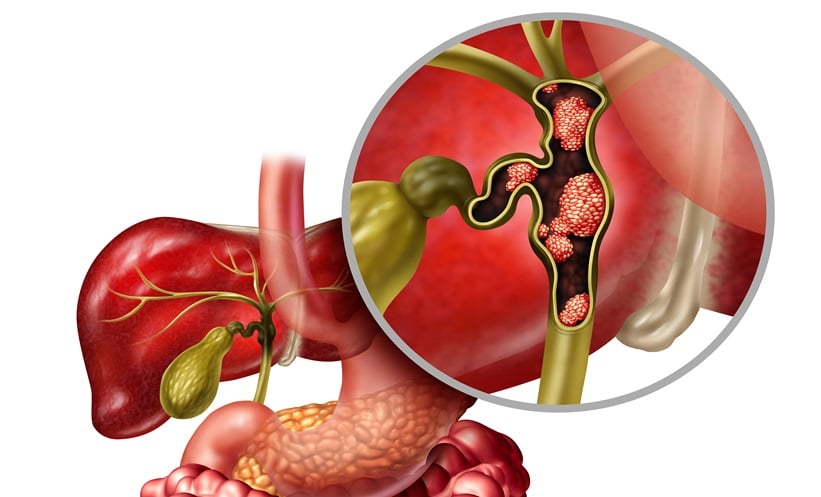METABOLIC dysfunction-associated steatotic liver disease (MASLD) is a prevalent and serious condition that affects nearly 30% of adults globally. Closely linked with obesity, type 2 diabetes, and cardiovascular disease, MASLD can progress to severe liver complications such as fibrosis and cancer.
Though the precise mechanisms behind the disease remain unclear, mounting evidence points to a critical role played by the gut-liver axis. Disruptions in gut microbiota and their byproducts, such as lipopolysaccharides and ethanol, appear to negatively influence liver health through immune and metabolic pathways. One emerging therapeutic approach involves short-chain fatty acids (SCFAs), especially butyrate, which are produced by gut bacteria through the fermentation of dietary fibre. SCFAs help reinforce the gut barrier, regulate immune signalling, and influence lipid metabolism in the liver.
In animal models, butyrate supplementation has been shown to suppress hepatic fat production and promote fat breakdown by inhibiting key enzymes and activating energy-regulating pathways such as AMPK. The recent study explored whether oral butyrate could offer therapeutic benefits to MASLD patients, including those with normal body weight.
Results indicated that butyrate supplementation significantly improved liver steatosis, particularly in lean individuals with higher inflammatory markers and elevated HbA1c levels. Importantly, the study also analysed baseline stool microbiota and found that responders had distinct microbial profiles, with lower levels of Subdoligranulum, a known butyrate producer, and higher levels of Catenibacterium.
While Subdoligranulum is typically associated with better metabolic health, its reduced abundance in responders may point to more complex microbial dynamics at play. Catenibacterium, though less studied, also produces SCFAs and might contribute to gut and liver function in specific contexts.
Despite the promising results, the study acknowledges its limitations, including short treatment duration and limited imaging sensitivity. Future research will be essential to validate these findings and explore long-term effects. Nonetheless, the study offers important insights into the therapeutic potential of SCFA supplementation in MASLD, especially in non-obese patients.
Reference
Mitrović M et al. Exploring the potential of oral butyrate supplementation in metabolic dysfunction-associated steatotic liver disease: subgroup insights from an interventional study. Int J Mol Sci. 2025;26(12):5561.








